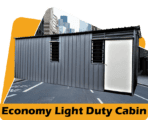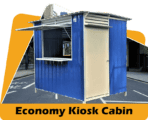Why Prefab Construction is the Smartest Choice for Malaysian Investors 💡💰 | RumahHQ

Are you a Malaysian investor wondering where to put your money for the best return? Well, have you ever considered prefab construction? 🌟 In recent years, this innovative building method has been making waves not just globally, but right here in Malaysia too. With its mix of efficiency, sustainability, and cost-effectiveness, it’s catching the eye of savvy investors looking to stay ahead of the game. Whether you’re exploring options for residential projects or commercial developments, prefab construction could be your golden ticket. So, let’s dive in and explore why investing in prefab is not just smart—it’s a game-changer for our vibrant property market! 💡💰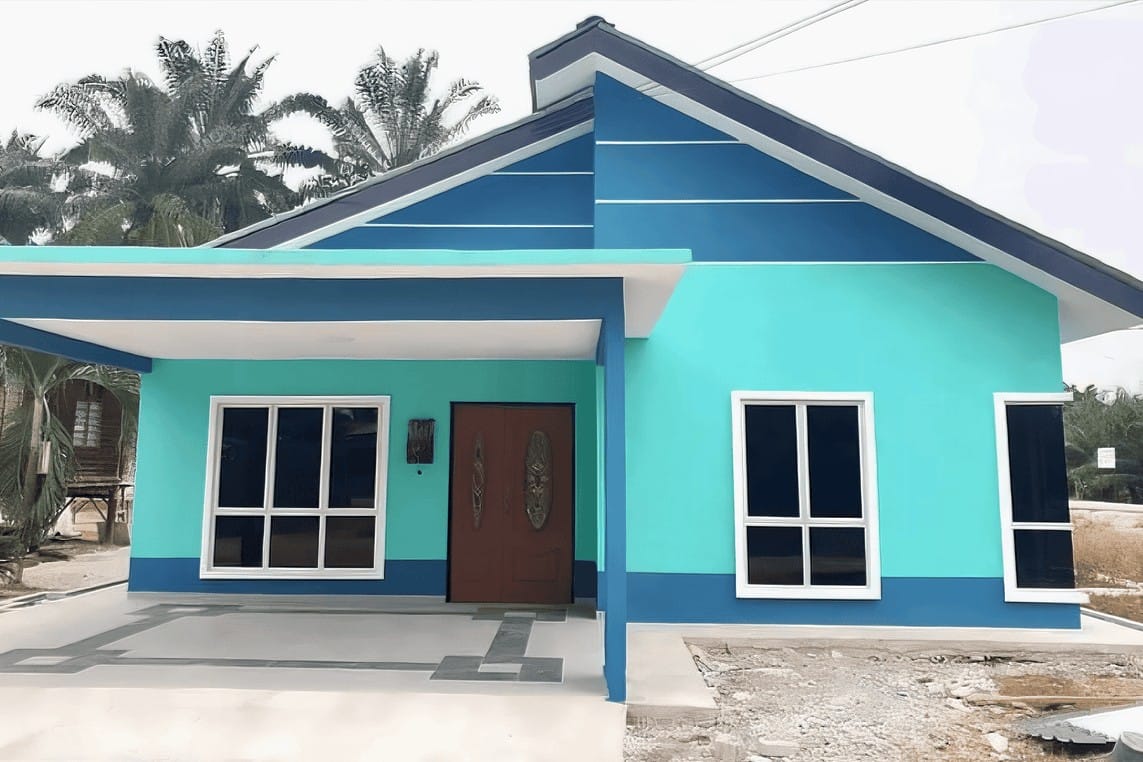
The Rise of Prefab Construction in Malaysias Real Estate Landscape
The construction industry in Malaysia has seen a significant shift towards prefab construction, a trend that’s been gaining traction among savvy investors. With its efficient building processes, prefab construction allows for quicker project completion, reducing both time and costs associated with traditional construction methods. This means investors can expect faster returns on investment, a crucial factor in the fast-paced real estate market.
Another key advantage of prefab construction lies in its sustainability. By utilizing factory-controlled environments, materials can be optimized and wastage minimized. This not only contributes to environmentally-friendly practices but also aligns with the growing demand among Malaysian consumers for greener living spaces. Investors who embrace prefab construction are not just investing in properties; they’re also investing in the future of sustainable development.
Moreover, design flexibility is a standout feature of prefab construction. Investors can customize designs to suit the local market demands or specific buyer preferences. This adaptability is crucial in a diverse market like Malaysia, where cultural and lifestyle differences can greatly influence purchasing decisions. Whether it’s a chic urban apartment or a sprawling family home, prefab construction can cater to a wide range of tastes, ensuring that investors are well-positioned to meet market needs.
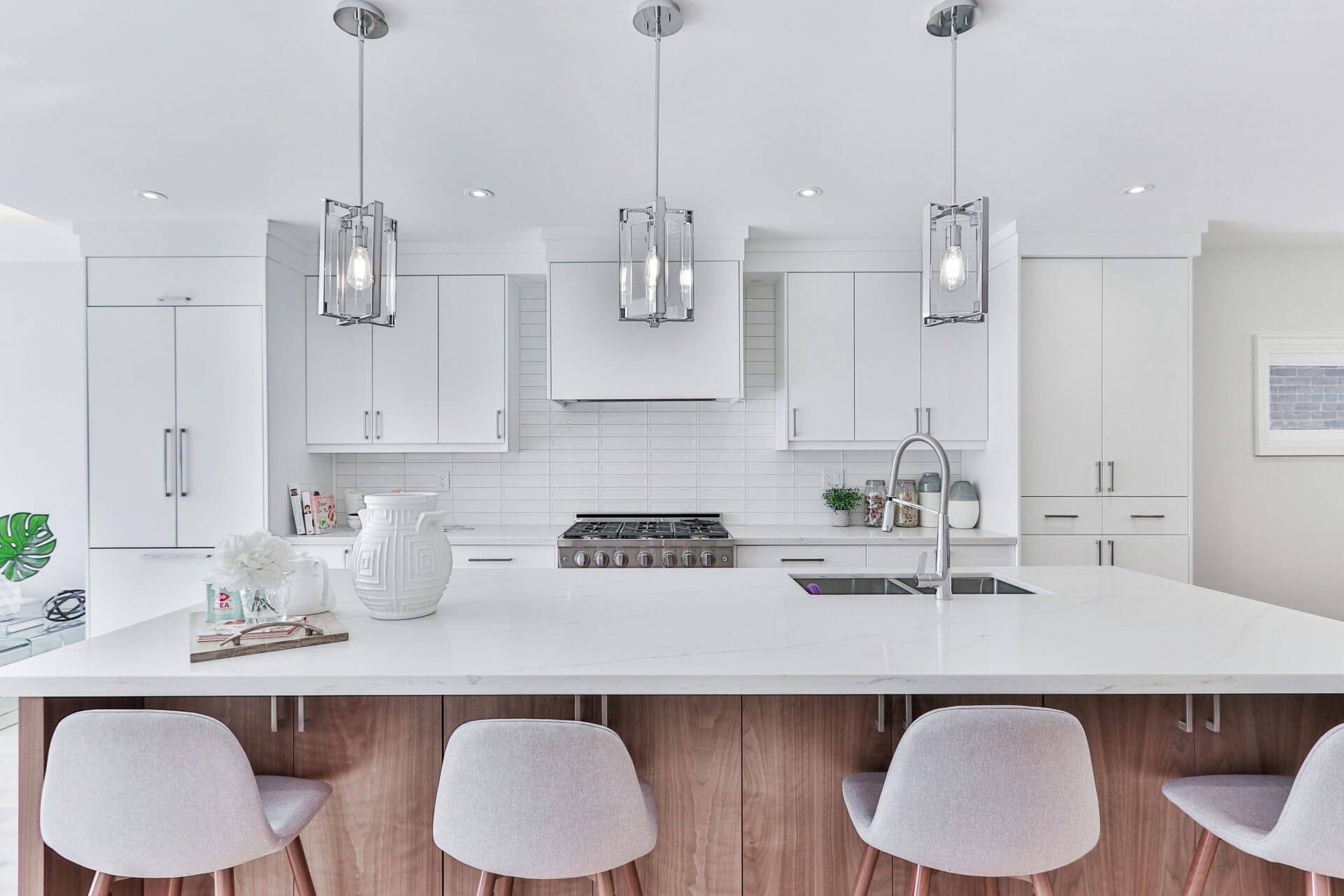
Understanding the Cost-Efficiency of Prefab Building Methods
When it comes to building homes or commercial spaces, cost-efficiency is king. Prefabricated construction methods have surged in popularity, especially among savvy investors in Malaysia looking to maximize their returns. Unlike traditional building methods, which can be plagued by delays and unexpected expenses, prefab structures are manufactured off-site and then assembled quickly on location. This streamlined approach reduces labor costs and mitigates the risk of overruns, allowing investors to keep their budgets in check.
One of the standout features of prefab construction is its predictability. Projects are typically completed much faster, thanks to the parallel processes of design and construction. This means that investors can return on their investment sooner. A few key benefits include:
- Reduced Timeframes: Buildings can be erected in a matter of weeks instead of months.
- Lower Labor Costs: Less onsite labor is required, leading to significant savings.
- Less Waste: Off-site manufacturing allows for better material management and recycling.
A solid understanding of the lifecycle costs associated with prefab structures can further enhance investment decisions. Consider the table below, which outlines some key financial metrics to keep in mind:
| Metric | Prefab Construction | Traditional Construction |
|---|---|---|
| Average Construction Time | 4-8 weeks | 4-8 months |
| Labor Costs | 30% lower | N/A |
| Material Waste | 10-15% | 20-30% |
Investors should also note that prefab buildings are often designed with sustainability in mind, which can lead to long-term cost savings through reduced energy consumption. By choosing prefab methods, you not only cut initial costs but also position yourself as a forward-thinking investor who values efficiency and environmental responsibility.
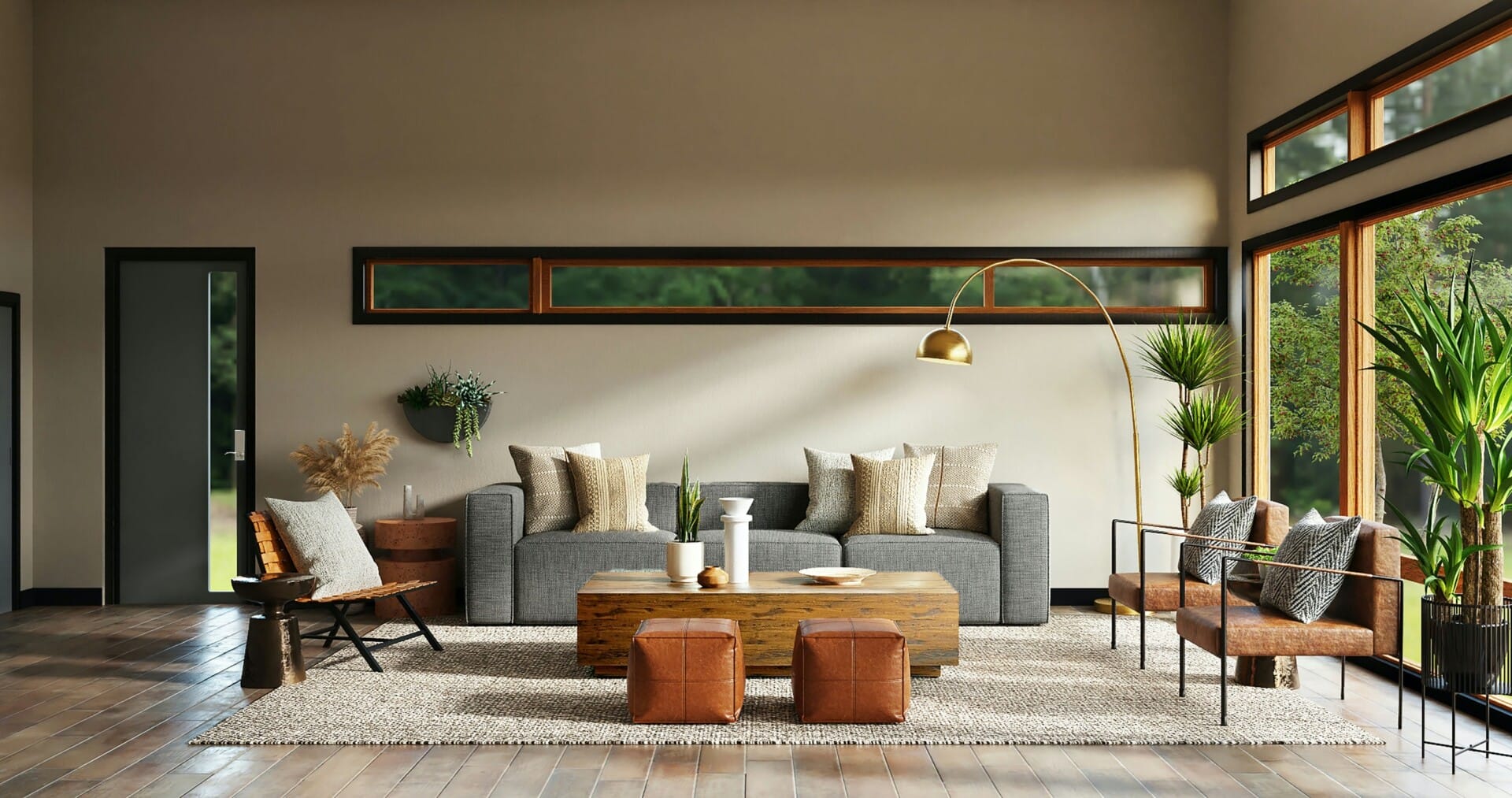
Exploring Sustainability: Eco-Friendly Benefits of Prefab Homes
Prefab homes are revolutionizing the construction landscape, especially with their eco-friendly edge. By opting for prefabricated buildings, you’re not only making a savvy investment but also championing sustainable living. These homes are primarily crafted in factories, which means they generate significantly less waste compared to traditional construction methods. It’s a win-win situation where your investment also contributes positively to the environment.
One of the standout features of prefab homes is their ability to utilize sustainable materials. Many manufacturers prioritize sourcing materials like recycled steel and certified wood, which dramatically reduces the environmental footprint. When you choose a prefab home, you’re supporting practices that promote biodiversity and conservation. Plus, the manufacturing process itself is often more energy-efficient, leading to reduced carbon emissions during construction.
| Eco-Friendly Benefits | Description |
|---|---|
| Reduced Waste | Less material debris leads to fewer landfills. |
| Energy Efficiency | Better insulation translates to lower energy bills. |
| Quick Assembly | Less time on-site means minimizing disruption to the environment. |
Lastly, let’s not overlook the long-term energy savings associated with prefab homes. These constructions are designed with advanced insulation techniques that ensure your home stays cool in the tropical heat, reducing the reliance on air conditioning. By investing in a prefab home, you’re not just securing a property, but also embracing a lifestyle that cherishes nature’s balance, making it an appealing option for Malaysia’s future-minded investors.
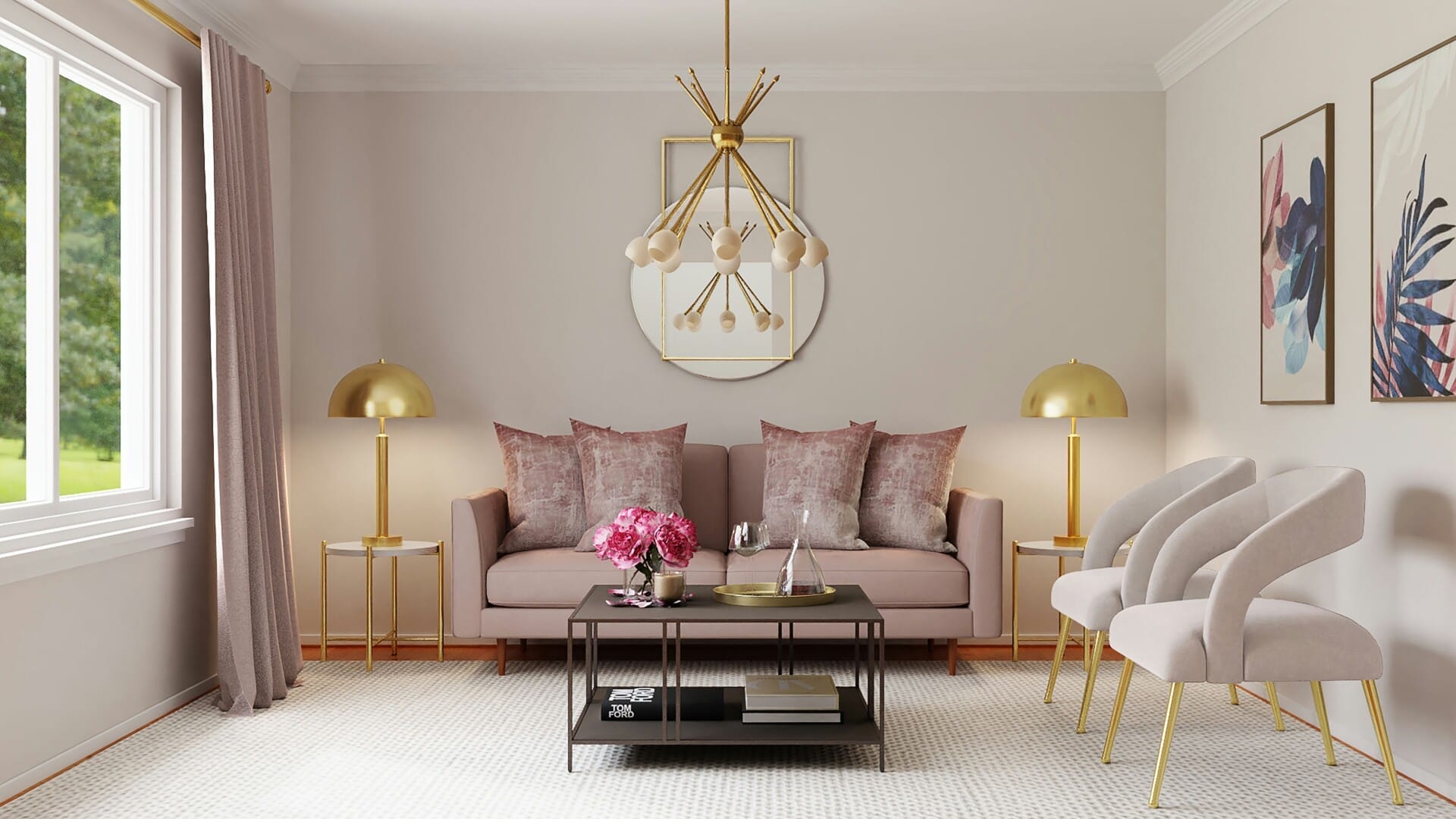
Quality Assurance in Prefabricated Structures: A Deeper Look
Quality assurance is a top priority in the realm of prefabricated construction, and it’s the backbone that ensures investors in Malaysia can trust their investments. The prefabrication process allows for meticulous control of materials and building processes, reducing potential errors and hang-ups typically associated with traditional construction. Manufacturers adhere to international standards and regulations, which guarantees a high level of quality across the board. This is particularly important in a diverse market like Malaysia, where building requirements can vary greatly from region to region.
One of the main advantages of prefabrication is the ability to conduct rigorous testing before assembly. Components are manufactured in controlled environments, allowing for comprehensive inspections and tests to ensure durability and strength. The benefits include:
- Enhanced structural integrity
- Reduced risk of defects
- Consistent quality across multiple projects
Moreover, quality assurance in prefabricated structures directly translates into cost efficiency and timely project completion. With tools like total quality management (TQM) and just-in-time (JIT) manufacturing, prefabricated construction facilitates an overarching strategy that minimizes waste and maximizes productivity. The result? A streamlined construction process that not only meets quality standards but also adheres to project timelines. Here’s a quick look at the benefits:
| Benefits | Description |
|---|---|
| Cost-Effectiveness | Reduced material waste leading to savings. |
| Time Efficiency | Faster assembly and shortened project timelines. |
| Consistent Quality | Regular inspection during production ensures high standards. |
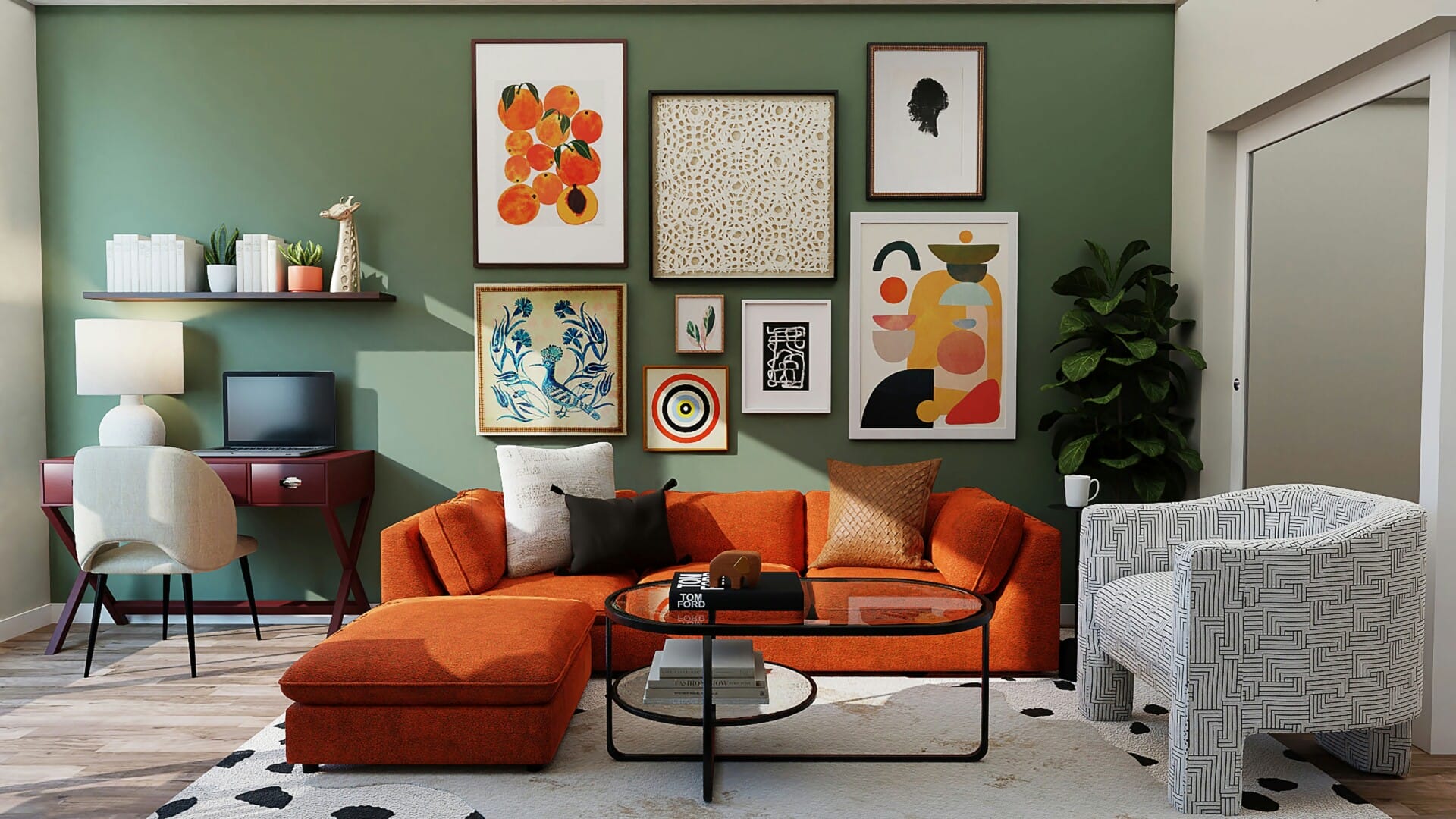
Streamlined Timelines: How Prefab Construction Saves Valuable Time
When you choose prefab construction, what you’re really opting for is efficiency wrapped in a package that saves you both time and hassle. The traditional building method can drag on for months, even years, bogged down by weather delays, labor shortages, and lengthy permit approvals. On the other hand, prefab construction slashes these timelines dramatically. With components being built in a controlled factory environment, you’re looking at quick assembly on-site, which often means that you can move into your new property much sooner.
One of the key factors contributing to this time-saving advantage is the parallel processing that prefab construction allows. While the site preparation is underway, the building modules are simultaneously crafted in the factory. This overlap is a game-changer because you’re not waiting for one aspect to finish before initiating the next. In fact, many projects can see a reduction in overall construction time by as much as 30-50%, a remarkable feat that can translate into significant cost savings and faster returns on investment.
Here’s a quick overview of the typical timeline comparison between traditional and prefab construction:
| Phase | Traditional Method | Prefab Construction |
|---|---|---|
| Design & Planning | 1-3 months | 1 month |
| Site Preparation | 2-4 months | 1-2 months |
| Construction | 6-12 months | 2-4 months |
| Total Time | 9-19 months | 4-7 months |
The benefits extend beyond the calendar. By investing in prefab, you’re also stepping into a landscape of better risk management, as reduced construction time means fewer chances for budget blowouts and unforeseen costs. So for Malaysian investors looking at the smartest choice, prefabricated construction is not just a time-saver—it’s a strategic move that holds the potential for greater financial rewards while ensuring your project adheres to quality and innovation standards.
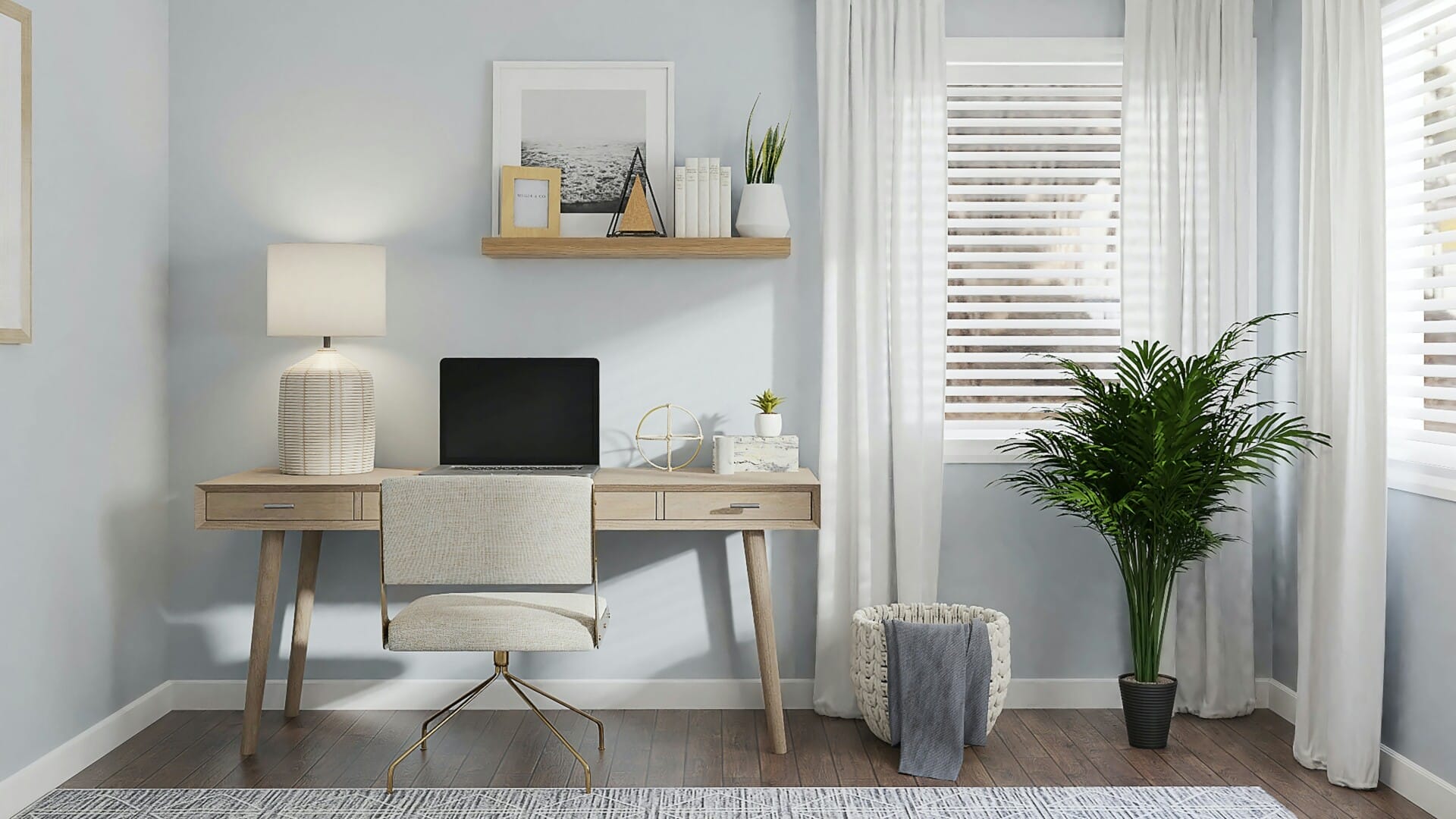
Customization and Flexibility: Tailoring Projects to Investor Needs
One of the standout features of prefab construction is its ability to adapt to diverse project needs. Investors can enjoy a range of design options, allowing them to create structures that reflect their unique vision. Whether you’re aiming for a sleek modern vibe or a cozy traditional feel, prefab lets you customize interiors and exteriors with ease. Some of the customization options include:
- Design Variety: Choose from a wide array of architectural styles.
- Material Selection: Tailor materials based on budget and aesthetic preferences.
- Layout Flexibility: Modify room configurations to suit specific functional requirements.
Moreover, flexibility extends to project timelines and budgets too. Traditional construction can be unpredictable, often leading to cost overruns and delays. With prefab, timelines are significantly shortened, allowing for quicker project turnaround. When it comes to financial planning, this means you can have a more accurate budget, without the fear of hidden costs popping up last minute. Here’s how prefab can help streamline your investment:
| Aspect | Prefab Construction | Traditional Construction |
|---|---|---|
| Construction Time | Fast-track, often weeks | Several months |
| Budget Management | Predictable costs | Variable, often exceeds budget |
| Labor Requirements | Minimal on-site labor | High requirement for skilled labor |
Lastly, the adaptability of prefab structures is also evident in their environmental impact, which is becoming increasingly important for modern investors. With the ability to incorporate sustainable practices into the design and construction process, prefab buildings can be equipped with energy-efficient systems that meet both local regulations and personal values. This not only makes your project more appealing but also aligns with growing green priorities in Malaysia. Features like:
- Solar Panels: Integrate renewable energy sources.
- Energy-efficient Materials: Choose products that minimize energy consumption.
- Water Conservation: Implement systems designed for efficient water use.
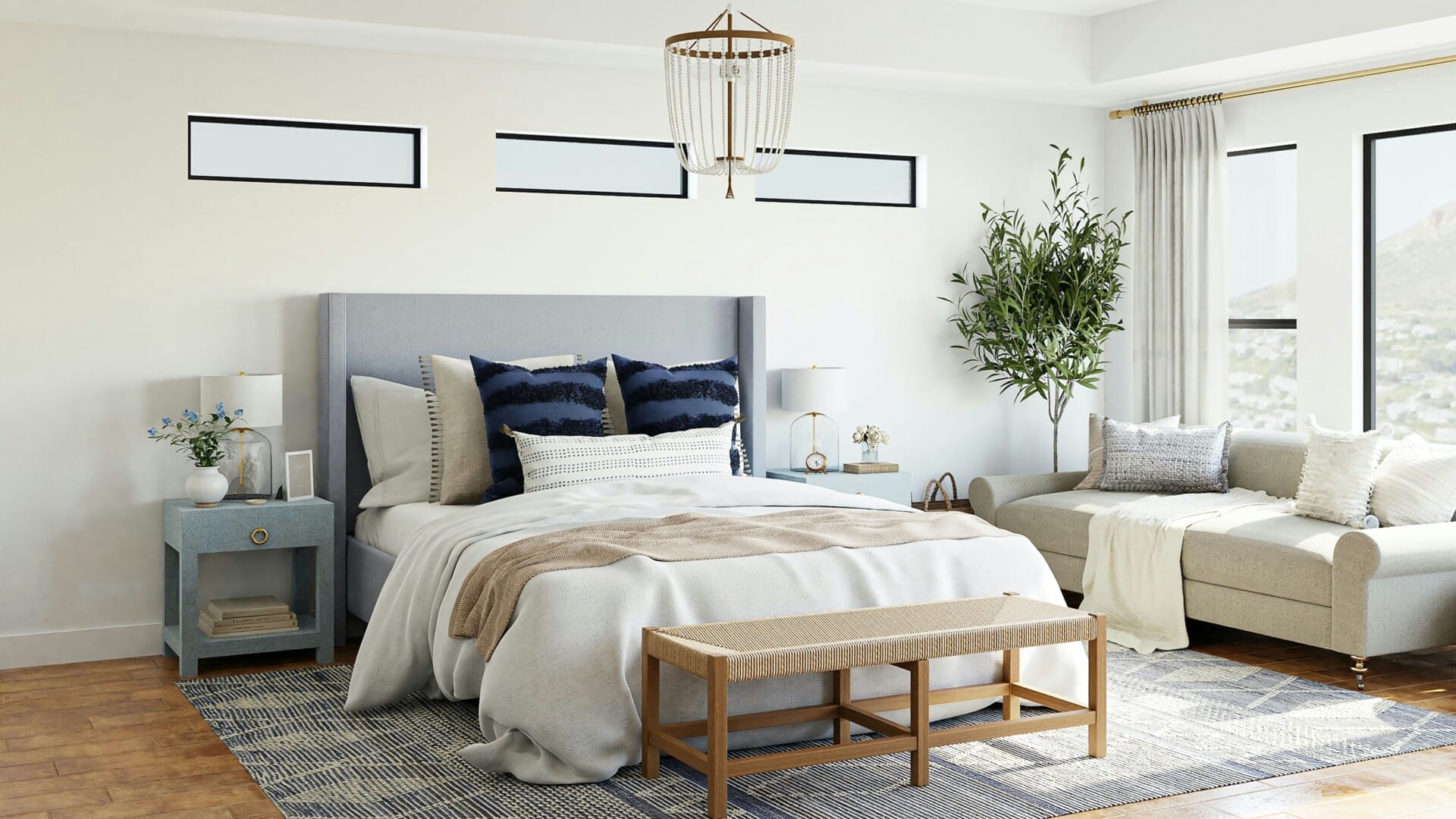
Navigating Regulations: Ensuring Compliance for Prefab Projects
In the dynamic landscape of prefab construction, understanding the regulatory environment is crucial for any Malaysian investor looking to capitalize on the benefits of factory-built structures. Laws and guidelines can vary significantly across states, so it’s essential to stay informed about local zoning laws, building codes, and safety regulations. This knowledge not only helps in ensuring compliance but also plays a vital role in minimizing potential legal hurdles that could disrupt your project timeline.
Here’s a quick checklist of important regulatory considerations to keep in mind:
- Building Permits: Confirm the need for permits from local authorities before starting your prefab project.
- Local Zoning Regulations: Ensure your property is zoned for the intended use to avoid any compliance issues.
- Sustainability Standards: Familiarize yourself with Malaysia’s green building standards, especially if your prefab project aims for sustainability certification.
Another vital aspect is collaborating with experienced prefab manufacturers who understand these regulations intimately. They can guide you through the complexities while providing insights into best practices for compliance. By utilizing a streamlined process, you can not only save time but also enhance the quality of your construction. Consider creating a table to compare different manufacturers based on their compliance records and project timelines:
| Manufacturer | Compliance Record | Average Project Timeline |
|---|---|---|
| Builder A | 98% Compliance | 6 Months |
| Builder B | 95% Compliance | 8 Months |
| Builder C | 100% Compliance | 7 Months |
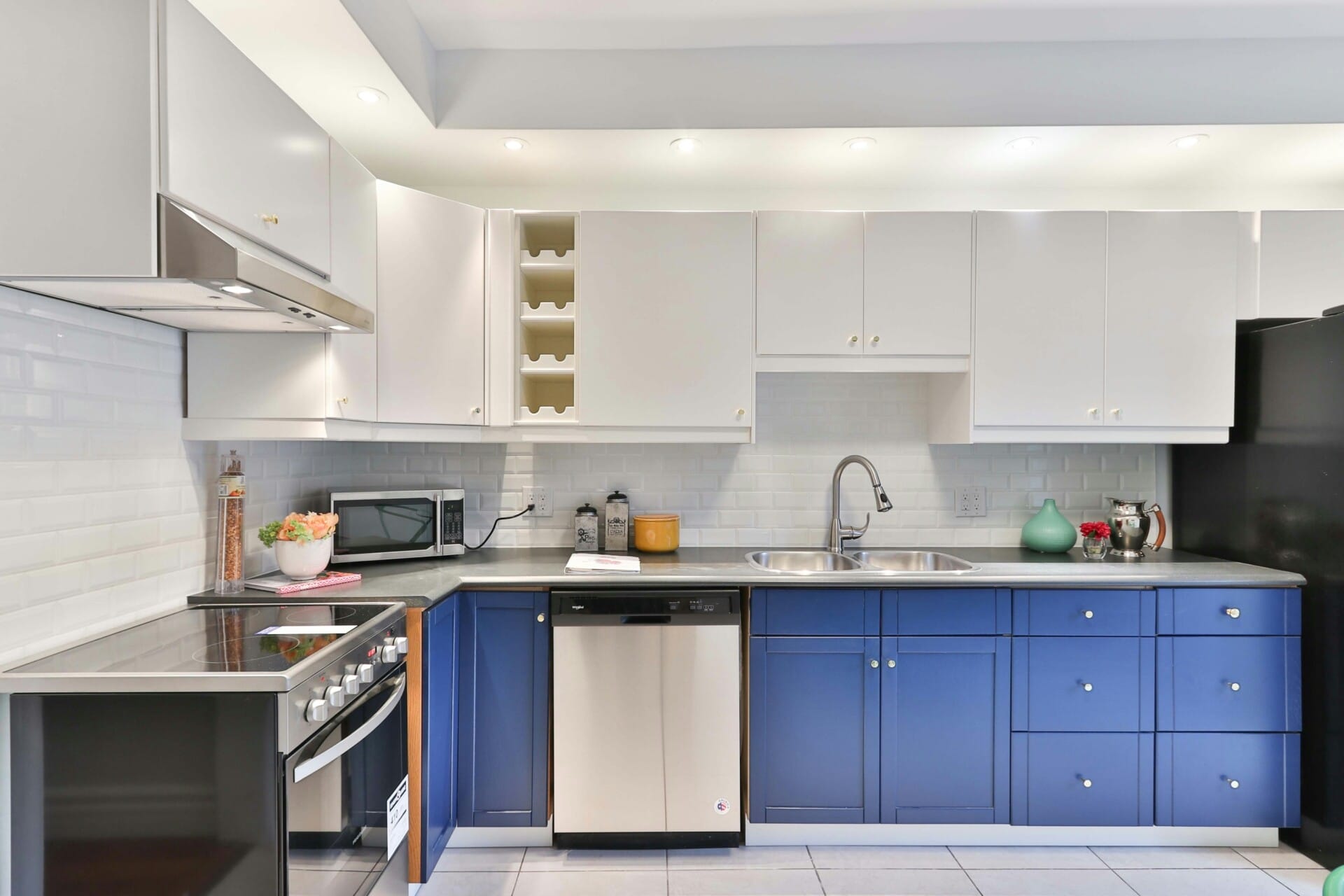
Case Studies: Successful Prefab Developments Transforming Malaysian Communities
Another noteworthy case is the revitalization of urban areas in Penang. The local government partnered with developers to implement prefab solutions in social housing initiatives. Families that once struggled with inadequate living conditions now thrive in well-designed, affordable homes. The transformation isn’t just physical; it has fostered a sense of community. People are coming together, participating in local activities, and rebuilding the fabric of the community around these new developments.
These case studies exemplify how prefab construction can be a game-changer for various Malaysian demographics. Here’s a quick comparison of the benefits seen:
| Benefit | Smart Sustainable City | Penang Social Housing |
|---|---|---|
| Eco-Friendliness | High – Renewable energy sources | Moderate – Energy-efficient designs |
| Community Engagement | Active – Community workshops | Strong – Local events & gatherings |
| Affordability | Competitive pricing | Very Accessible |
To Conclude
As we wrap up our exploration of why prefab construction stands out as a savvy choice for Malaysian investors, it’s clear that this innovative approach ticks all the right boxes. From cost-efficiency to speed, from sustainability to scalability, prefab is transforming how we think about building.
By embracing this modern method, you’re not just making a wise investment; you’re also stepping into the future of construction. So whether you’re a seasoned investor or just starting out, consider how prefab can give you the edge in Malaysia’s evolving real estate landscape.
So, what do you think? Are you ready to dive into the world of prefab and unlock its potential? The smart choice is in your hands! 🏗️✨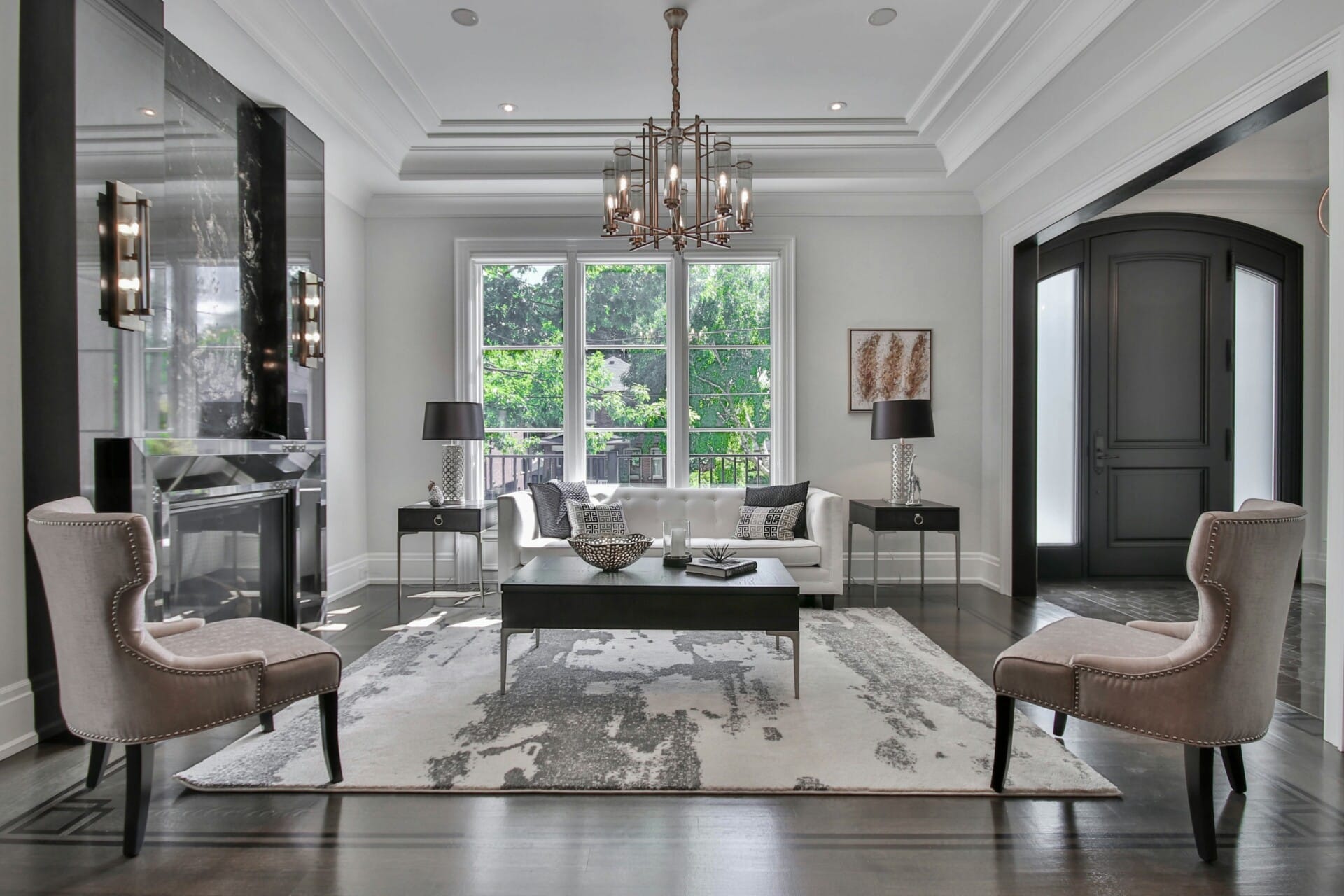
kontraktor rumah
bina rumah
pinjaman lppsa
pengeluaran kwsp
spesifikasi rumah
rumah batu-bata
pelan rumah
rekabentuk rumah
bina rumah atas tanah sendiri
kontraktor rumah selangor
rumah banglo
Source link




